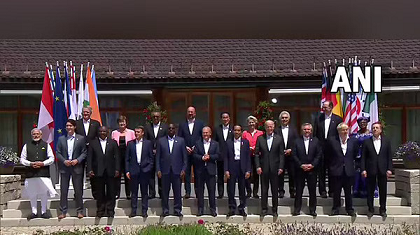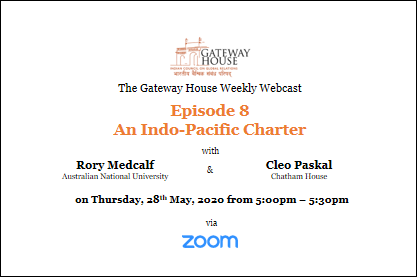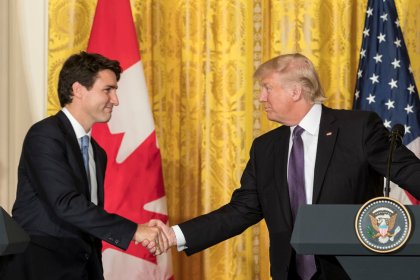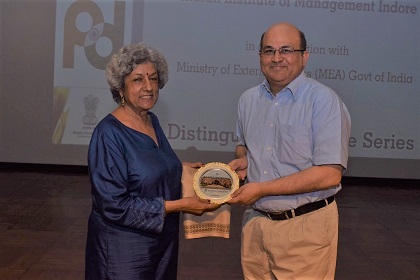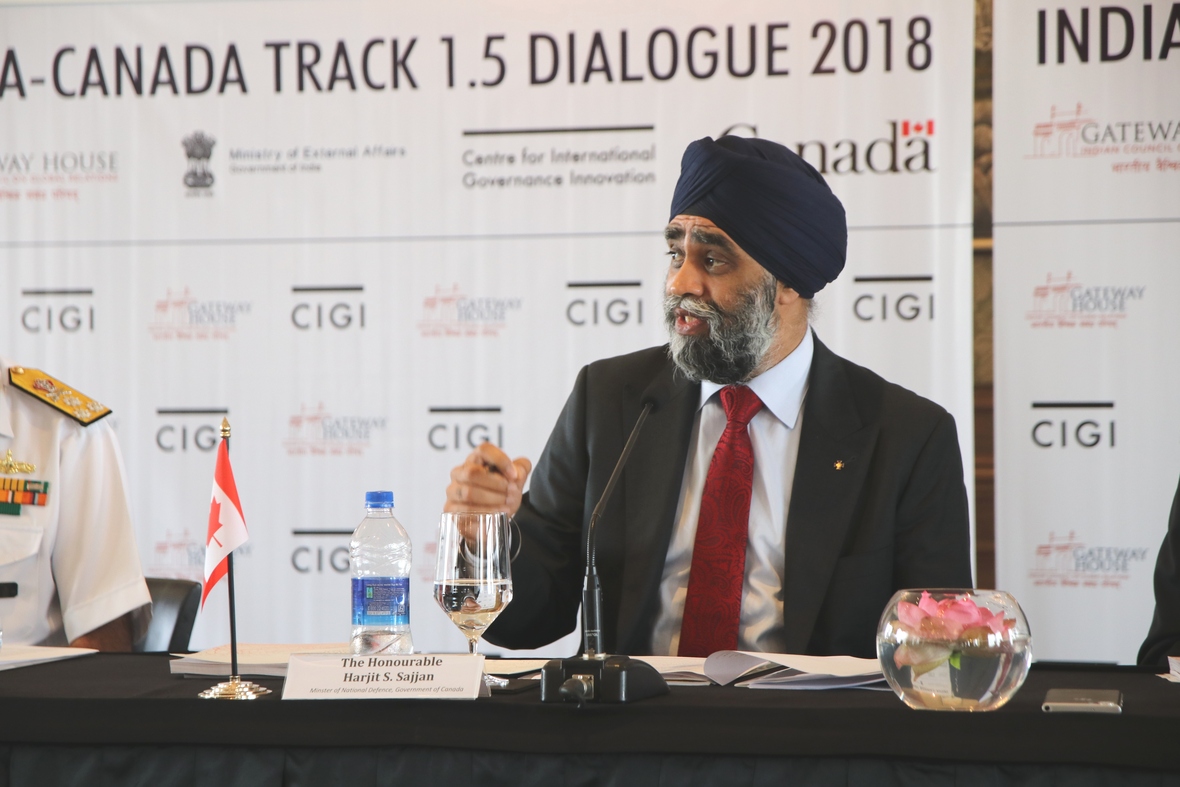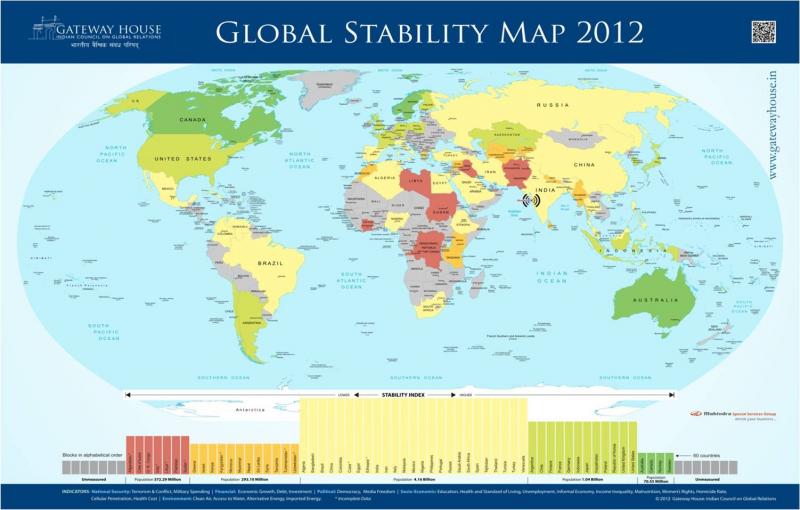Better India-Canada ties can help contain China
Canada is committed to playing a larger role in the Indo-Pacific and has adopted a pragmatic approach to achieving its five objectives. These are promoting peace and security; expanding trade; connecting people; building a sustainable and green future; with Canada serving as an active partner in the Indo-Pacific. India will do well to understand Canada's compulsions and work with it with enthusiasm.


